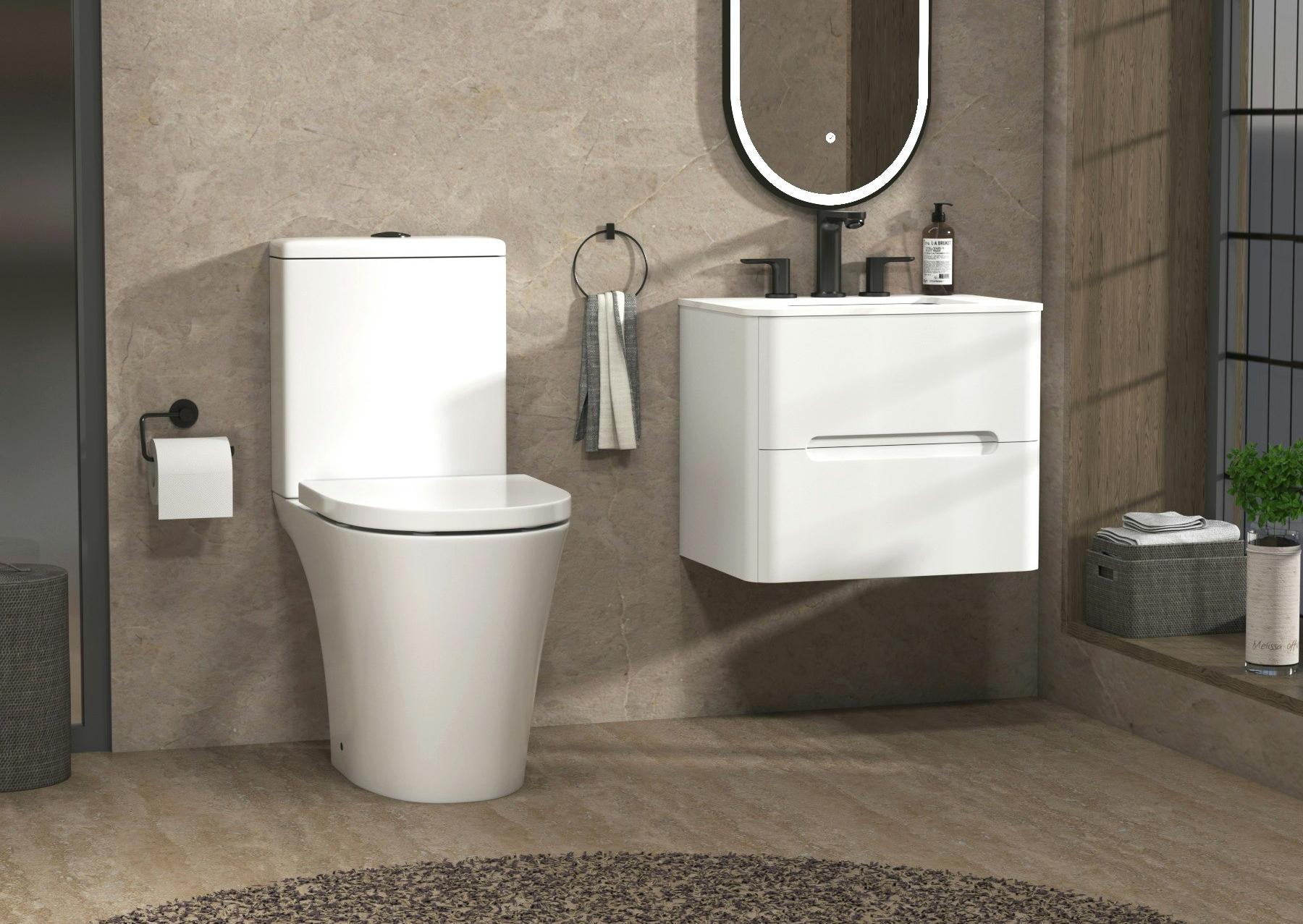
Are you worried about the toilet limescale that’s ruining your toilet’s charm?
You’re not alone!
Over 60% Brits face limescale issues due to the UK's hard water crises!
Do you know what a limescale is?
Or why does your toilet build this unpleasant, damaging substance around the pan?
You might be new to this term but we all have experienced this issue with our fixture - especially the toilets. The limescale buildup tarnishes your toilet’s appearance, harbouring germs and bacteria. Maintaining a clean and hygienic toilet area is important but these stubborn limescale stains make the task extremely daunting if you’re not a pro at it.
Fear not!
With the right knowledge and techniques, you can effectively banish limescale. In this guide, we will tell you what limescale is and how to prevent its formation. And most importantly, you’ll get to discover some proven methods to remove limescale from your toilet bowl, below.
So, let’s start!
What is Toilet Limescale & How to Avoid It?
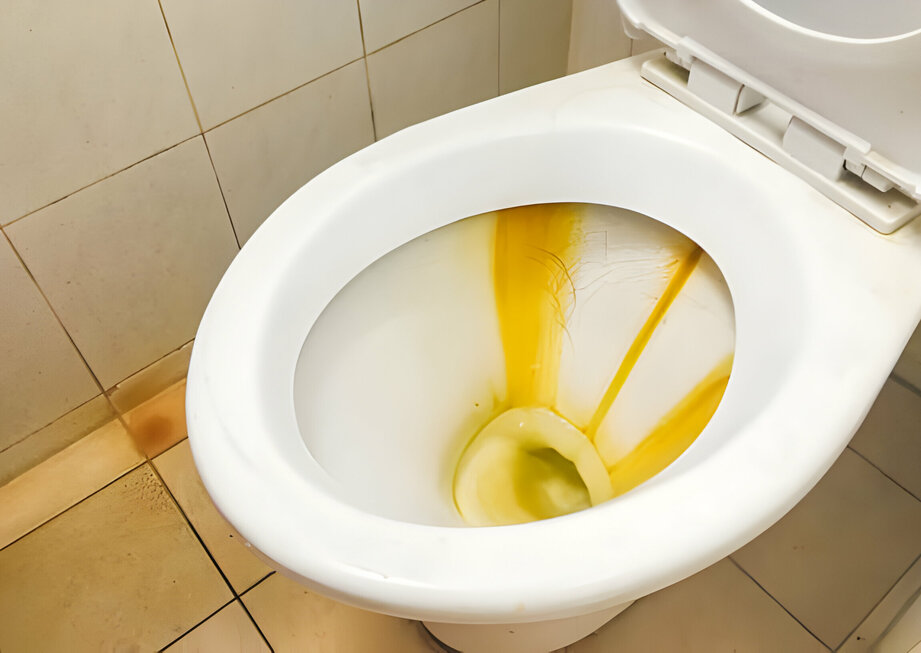

Limescale, also known as calcium carbonate, is a common mineral deposit that forms on surfaces where hard water evaporates. You may experience limescale challenges in your toilet if you have a hard water supply at your home.
When water with high mineral content evaporates, it leaves behind mineral deposits, primarily calcium and magnesium carbonates. These mineral deposits accumulate over time in specific areas of your fixture such as the toilet bowl.
In toilets, limescale appears as a chalky white or off-white residue that adheres stubbornly to the surface of the bowl.
How to Avoid Toilet Limescale?
With hard water supply, it is quite common for UK-based homeowners to experience toilet limescale challenges. But when it comes to dealing with toilet limescale, prevention is the key.
Here are some effective strategies to avoid toilet limescale buildup:
#1: Use a Water Softener
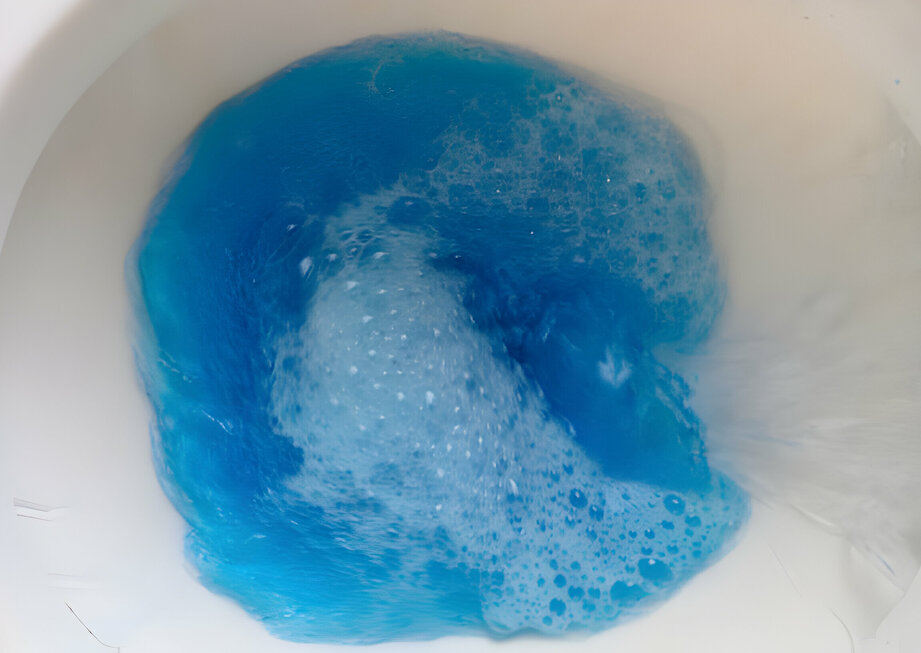

As a very first measure, install a water softener in your home!
Installing a water softener will help out in significantly reducing the mineral content in your water.
The hard water builds up limescale faster unlike soft water!
So, a water softener will thus prevent limescale formation not only in your toilet but also in other appliances and fixtures.
#2: Clean Regularly
If you own a traditional high flush toilet, you’ll be using more water that ultimately increases your chance of developing limescale around the bowl area. Homeowners in the UK, especially the London area, should routinely clean their toilet bowls.
Consider using mild acidic cleaners or homemade solutions!
This will prevent limescale from getting accumulated in your toilet bowl.
And if the stains don’t disappear, consider replacing the current one with a wall hung toilet offering dual flush concealed cistern.
#3: Vinegar Soaks
Once in a while, it is important to soak your toilet bowl with vinegar!
Soaking helps in dissolving limescale deposits and prevents them from getting hard or tough to remove. Pour vinegar into the toilet bowl, let it sit for several hours, and thoroughly scrub your toilet’s surface.
If this trick doesn’t resolve your toilet limescale issue, adding a rimless toilet would definitely help. The rim-free design allows you easy cleaning, reducing germs and limescale instances.
#4: Always Flush!
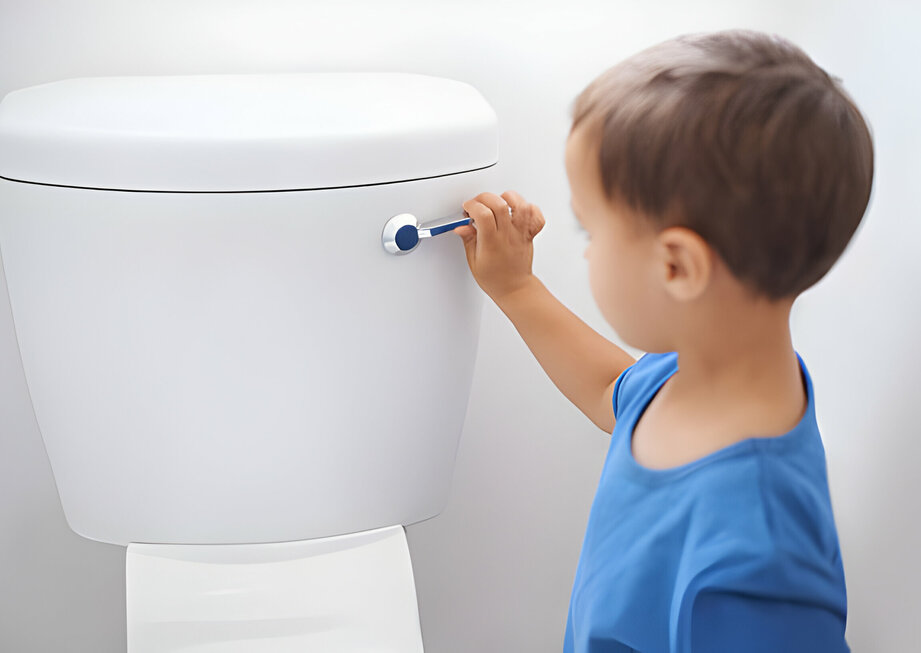

And lastly, flush your toilet after every use!
Flushing the toilet after every use will help in preventing mineral deposits from settling and accumulating in the bowl.
Encourage every household member, especially kids, to flush after each use in order to minimise the toilet limescale build-up.
6 Ways to Remove Limescale from Toilets
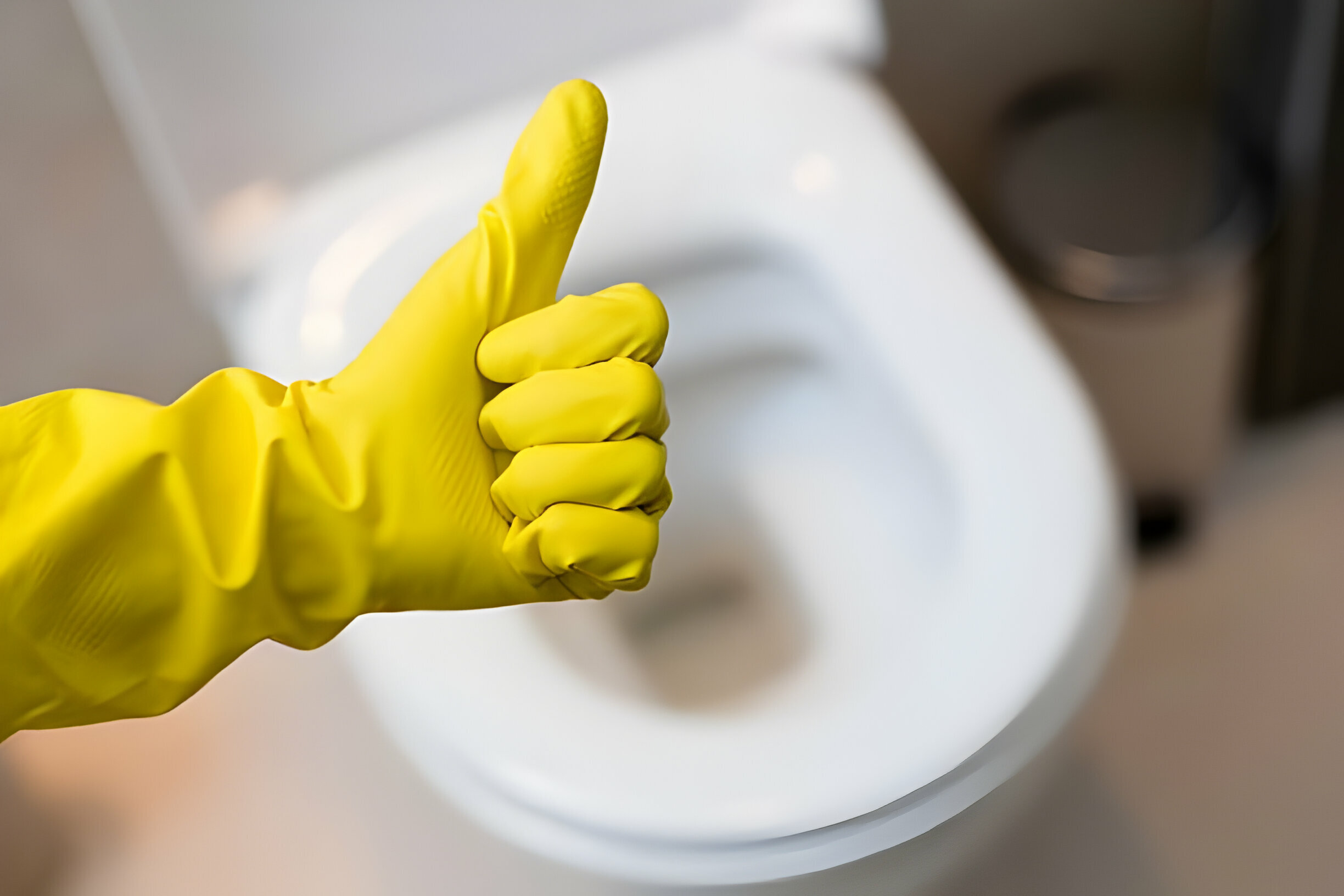

So far, we discussed how you can avoid developing toilet limescale. What would you do when your toilet is already covered in it
How about if we tell you some magical ways for removing limescale from toilets?
Follow these tips and remove the limescale from the toilet for good!!
Tip # 1: Baking Soda & Vinegar Paste
Have you ever thought that baking soda and vinegar paste can revive your toilet’s charm? Let’s discuss how this simple yet effective home remedy can help you remove the limescale from the toilet in a few steps.
- Step 1: Create a paste by mixing baking soda and vinegar until it forms a thick consistency.
- Step 2: Now, apply this paste to the limescale stains in your toilet bowl and let it sit for at least 30 minutes.
- Step 3: Then, you need to scrub the stains properly with a toilet brush.
- Step 4: And lastly, just flush the toilet to rinse away the residue.
Tip # 2: Lemon Juice
The acidic properties of lemon juice make it an excellent natural cleaner for limescale removal. It is an old age method known for its cleaning purposes.
For removing the limescale from the toilet, follow these steps:
- Step 1: Squeeze the fresh lemon juice directly onto the limescale stains area
- Step 2: Let the lemon juice sit on the toilet surface for about 15-20 minutes.
- Step 3: Scrub the affected area properly and flush it out.
This decade-old method works like magic for removing toilet limescale. In case you’re seeking to minimise limescale issues, consider adding a rimless toilet that allows easy cleaning with its rim-free structure.
Tip # 3: Commercial Limescale Removers
Have you ever considered using the commercial limescale removers for removing the limescale from the toilet?
There are many different commercial limescale removers that are available in the market such as Tolex, Delphis, or HG Limescale Remover. These removers are specifically formulated to clean and dissolve tough limescale stains.
Just follow the manufacturer's instructions carefully before using these options. And ensure that your bathroom has proper ventilation before you apply the limescale remover.
Tip # 4: Pumice Stone
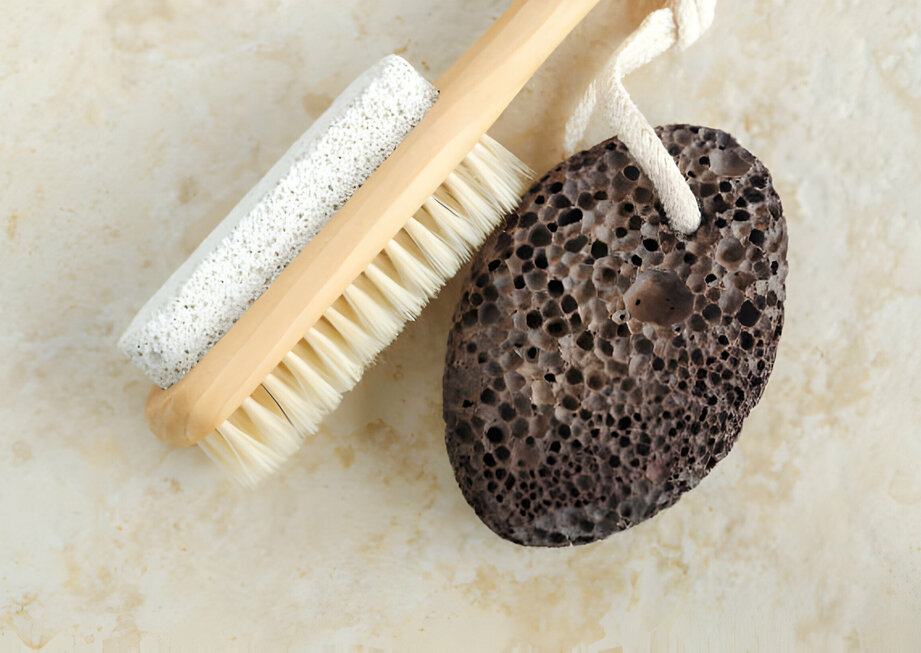

In case your toilet has heavy limescale deposits, you may try the pumice stone!
Ideal for close coupled toilets, the pumice stone can be used to gently scrub away limescale deposits. And it won’t even cause damage to the porcelain surface while you remove the limescale stains.
Here’s how you can remove the limescale from the toilet using pumice stone:
- Step 1: First, wet the pumice stone.
- Step 2: Gently rub it against the affected toilet surface.
- Step 3: Flush the toilet to cleanse the scrubbed limescale residue off your toilet surface.
Your toilet will no longer show limescale stains and offer a shiny, spotless surface, again.
Tip # 5: Hydrochloric Acid
Some toilet bowl cleaners contain hydrochloric acid in them!
HCL is effective in dissolving limescale and other tough stains. Do keep in mind to use these cleaners very carefully.
Moreover, always wear gloves and ensure proper ventilation when you are using products containing strong acids.
Tip # 6: Try Cola Soda
Your toilet limescale can be removed with the cola soda!
Believe it or not but cola soda can be used to tackle limescale stains in toilets. Let us explain how:
- Step 1: Simply pour cola soda directly into the toilet bowl.
- Step 2: Make sure that the stain area is completely covered in cola.
- Step 3: Let it sit for several hours!
- Step 4: Scrub the stains away from your toilet bowl and flush it.
Frequently Asked Questions
We understand that you have questions regarding the toilet limescale stains. And here, we’ve answered most of them to help you overcome your toilet hygiene challenges.
1. Is limescale harmful?
No!
The limescale itself is not harmful.
But it can give birth to bacteria and germs if left untreated thereby posing health risks. It also causes a certain kind of smell in the toilet area.
2. Can limescale damage my toilet?
Yes!
The heavy limescale buildup can damage the glaze on porcelain toilets if you do not remove it right away and promptly.
3. How many times should I clean my toilet to prevent limescale buildup?
It is usually recommended to clean your toilet bowl at least once a week in order to prevent limescale accumulation and build up. Cleaning once a week to maintain hygiene.
Conclusion
In conclusion, limescale buildup in toilets is a common problem in UK-based households especially in areas with hard water supply. To overcome these challenges, you need to know the right techniques and products. If you remain keen on following preventive measures like using: Firstly, you need to:
- Use water softener
- Keep the toilet clean, daily
- Soak the toilet in vinegar once in a while
- And flush it after every use
Following this pattern can prevent toilet limescale and helps you in maintaining a spotless surface, too.
Remember that consistency is the key when it comes to maintaining a limescale-free toilet. In case you’re seeking a toilet option with less or no limescale issues, go for the rimless toilets.
Alternatively, you may navigate our toilet section to find the one offering ease of cleaning and maintenance.
So, roll up your sleeves, equip yourself with the right tools and bid farewell to limescale woes for good!
